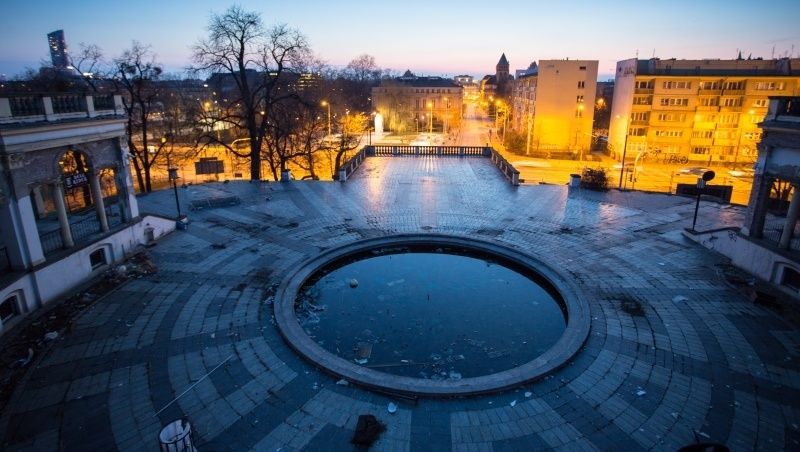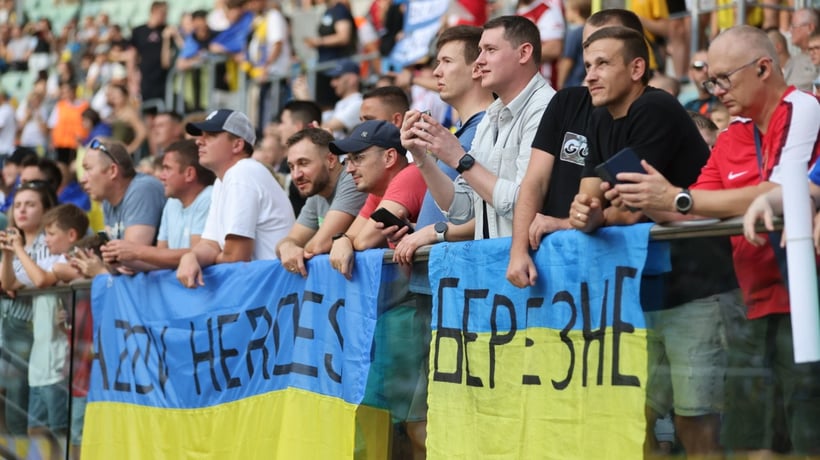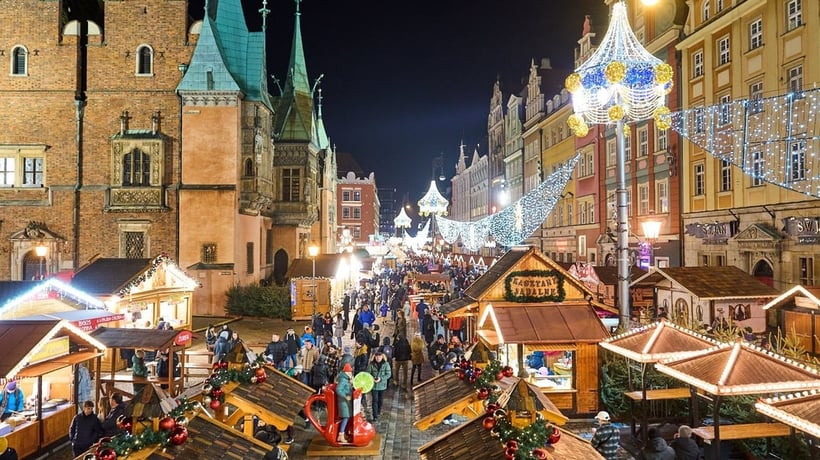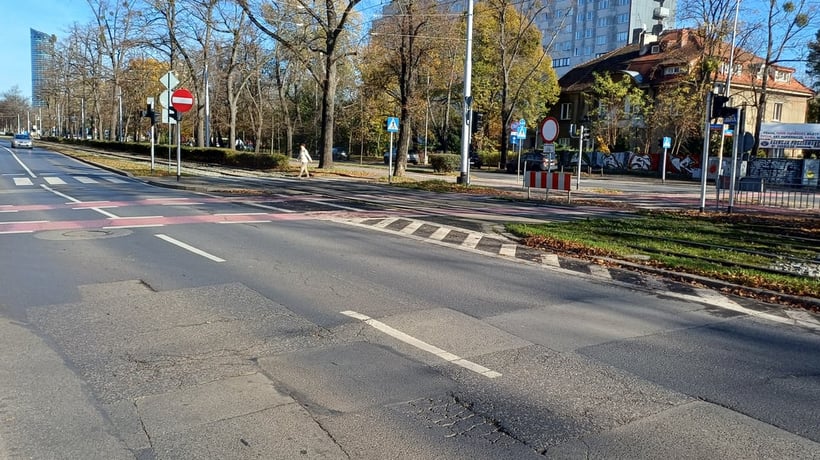„We want to restore this site toWroclawinhabitants. At the beginning, we want to renovate what has been destroyed for the last few years. We are considering the reconstruction of the belvedere at a further stage,” says Adam Grehl, Deputy Mayor ofWroclaw.
The city lost Partisan Hill in 1990. Retropol received the site as a perpetual lessee for 40 years free of charge without any tender. This was one of the last property decisions during the term of Stefan Skąpski – the last mayor ofWroclawin times of People’s Republic ofPoland. There were plans to build a wedding palace and a gondola bay, but they never materialised.
Wroclaw inhabitants are waiting for this renovation
Now the plans include the restoration of the colonnade, stairs, the terrace, the swimming pool with a fountain and the renovation of the former Freytag spring. The reconstruction of the32 metreslong belvedere with a lookout tower is being considered, too.
The city has already started the renovation of a small site located very close to Partisan Hill, on the ditch at the intersection of Podwale and Kołłątaja streets. The prewar building designed by Max Berg (the designer of the Centennial Hall and other buildings) contained a milk drinking point. Now Cafe Berg may be established there.

Visualisation of Cafe Berg, source: 3303 Group
Hill – monument for brother
The interesting history of Partisan Hill, which was called Liebichshöhe in prewar Breslau, is described by Maciej Łagiewski in the book Wroclaw through the ages [Wrocław wędrówka przez wieki].
Born in Oleśnica, Gustav Liebich and his brother Adolf began their merchant career by establishing a trading house that specialised in shipping grains. In 1835, they opened a sugar plant in Klecina nearWroclaw– one of the first factories of this kind inSilesia. This business was a financial success – tons of sweet powder left the factory and large sums were accumulated on owners’ accounts. In 1857, Gustav died at the age of 59. Both unmarried and childless, the brothers were very close to each other; they lived and did business together. Five years after Gustav’s death, Adolf sold the mill plant and focused entirely on the idea of building a huge monument commemorating his beloved brother.
source:CityMuseumofWroclaw
The location that he chose for this project was the only hill within the city borders, close to the historical centre, near the Municipal Theatre building (today the Wroclaw Opera). That was the only point except church towers from which it was possible to admire a panorama of the city and the Ślęża mountain; when the weather was good, even the Karkonosze mountains could be seen from a distance.
Construction cost was twice as big as city budget
Having sold the sugar plant, Adolf Liebich had enough money to put his idea into practice; altogether, he invested over 70,000 thalers in this project. That was a staggering sum, with the annual budget ofWroclawamounting to 30,000 thalers at that time. Liebich also resigned from income from the lease of premises on the hill in favour of the city.
The official opening ceremony of Liebich Hill took place on 12th September 1867. The hill quickly became a favourite place for strolls amongWroclaw inhabitants and one of the symbols of the city. Visitors could not only admire views stretching out from the hill, but also drink water in the atrium or beer and coffee in the café on the terrace. In the morning hours, a milk drinking point was also open.
The hill often resounded with orchestra music, and its slopes were lit with fireworks. Everything changed in 1942, when the underground casamates became air raid shelters; during the siege of the city, they also served as the headquarters of the command of the Festung Breslau. Part of the structures, including the belvedere with the outlook tower, was demolished at that time.
In spite of serious postwar damages, the hill was still popular; it was used for part of the celebrations of Wroclaw Days and students’ festivals. It was renovated only in the 1970s. This was a consequence of the catastrophe in 1967, when the railing of the terrace broke during one of the events – one person died and many others were severely injured.






